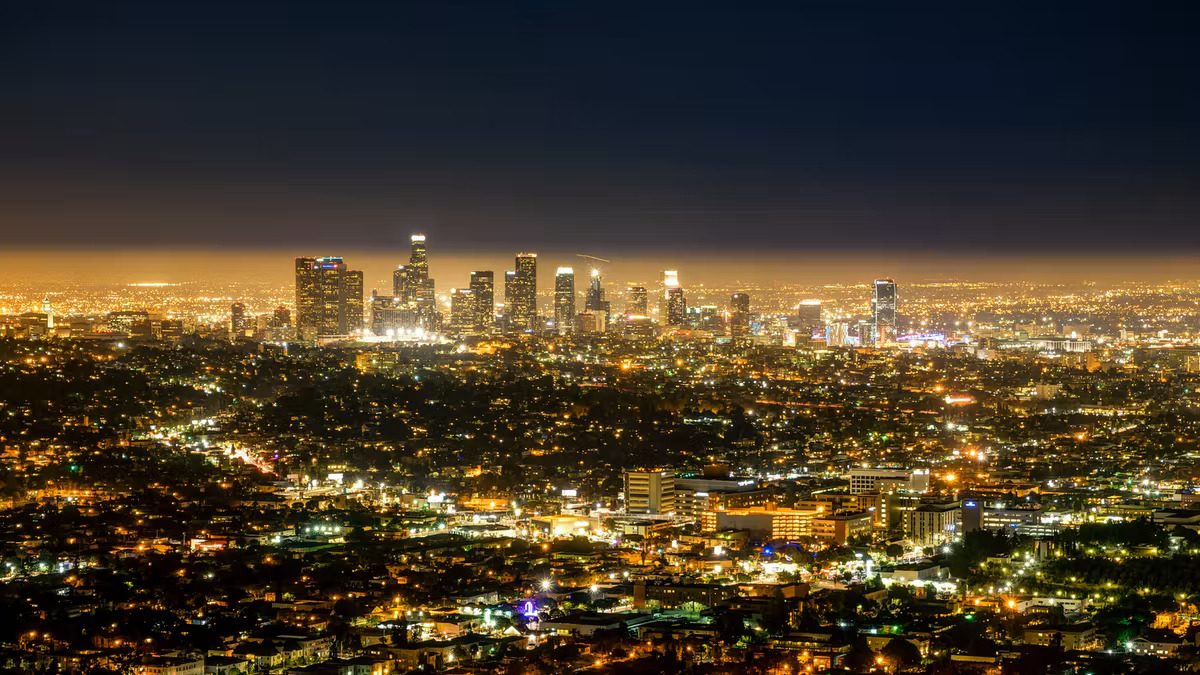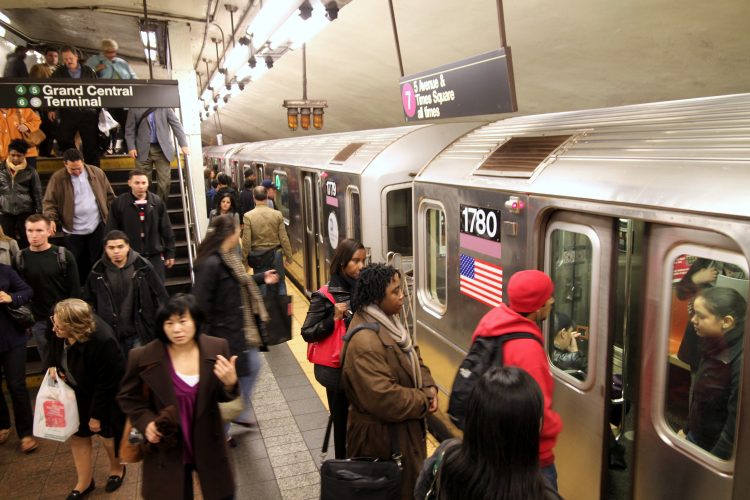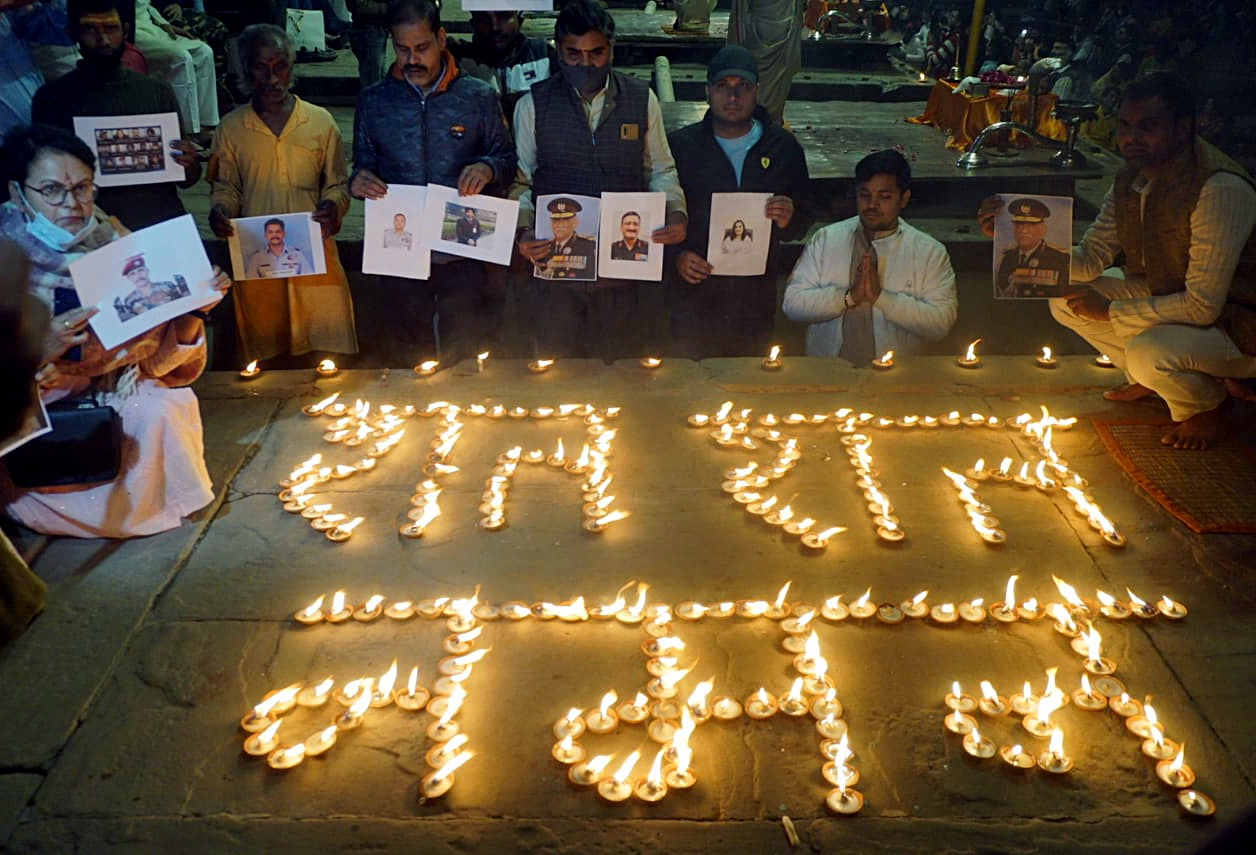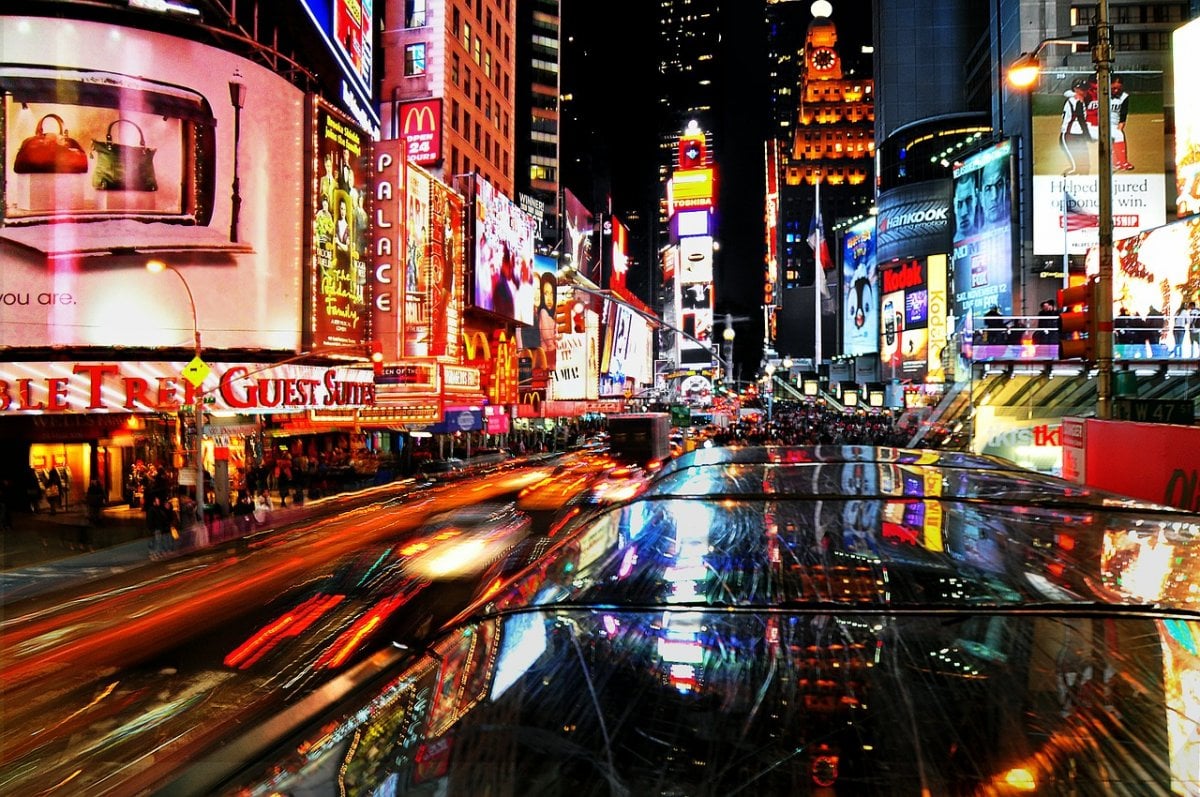A 2019 study has shown that light pollution in India has risen steadily in the last 20 years. As per studies, nearly 58.5% of India’s population is exposed to light pollution

Sadhna Shanker
A few days ago, I was flying into Delhi. It was dark outside, as the plane began to descend bright lights of habitations around Delhi began to twinkle in the night sky below. City lights appear magical and dreamlike from the skies. However, they are an increasing cause of concern. If you live in one of the big cities of India, do you remember the last time you looked up at the night sky and could actually see the Milky Way? Less than 100 years ago, everyone could look up and see a spectacular starry night sky. Today bright city lights are making us lose the dark, some say at the speed of light!
The bright lights of our increasingly urbanized and industrial life are a source of light pollution – which is the presence of unwanted, inappropriate, or excessive artificial lighting. Think of illuminated billboards, stadium lights, street lights, and lights emanating from buildings. Though they might be there even in day time, the real effect of light pollution is felt at night. City lights chase away the dark, and leave a skyglow – a diffused light across the landscape at night. It is estimated that 83 percent of the world’s people live under light-polluted skies and that 23 percent of the world’s land area is affected by skyglow.
Dark skies are important for life on the planet to keep the circadian rhythm – the natural body clock of living beings in synch with the day and night rotation of Earth. Lights have changed the way we live and exist, but like with any other technology they bring their problems when used excessively and irresponsibly. Light pollution effects human and animal health, astronomy and leads to wastage of energy.
Light pollution impacts our sleep patterns, that becomes the start of other ailments. It impacts migratory patterns of birds, affects sea turtles, fireflies and other amphibians. Astronomers have to continuously search for clear and dark skies to study the universe. Reducing light pollution is important for conservation of energy and reduction of carbon emissions.
Combating light pollution needs some changes and proactive thinking. Simple measures like focusing lights on areas that need them, shielding lights to stop escape of light upwards, shutting lights when they are not needed by using sensors, not wasting light, using anti-glare lights, glow stones etc can go a long way in reclaiming dark skies. The charm of star filled skies can return to our cities with focus on responsible lighting.
The International Dark Skies Association based in Arizona, USA is working towards creating awareness and promoting the return of dark skies on the planet. It designates cities and places as International Dark Sky places. As of January 2022, 195 such places are identified in the world. They could be communities, parks, reserves, sanctuaries or urban night sky places.
A 2019 study has shown that light pollution in India has risen steadily in the last 20 years. As per studies, nearly 58.5% of India’s population is exposed to light pollution.
Promoting and advocating for responsible outdoor lighting, and ensuring that lights in our immediate environment are not excessive or wasteful is the way forward in combating the menace of light pollution that is slowly creeping into our lives.
Sadhna Shanker is a writer based in New Delhi, India


























